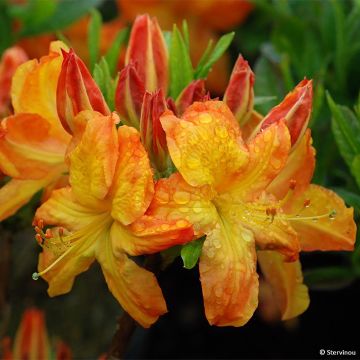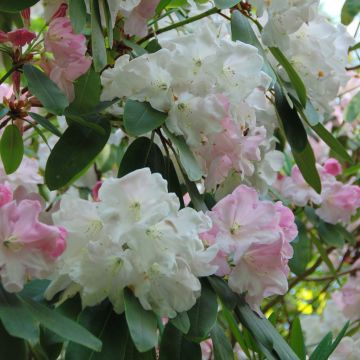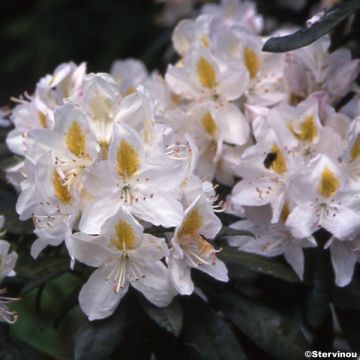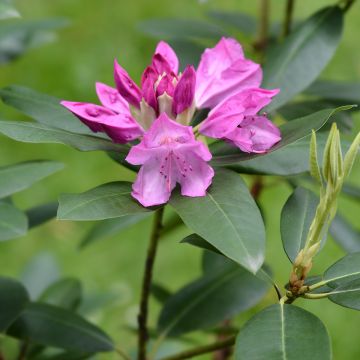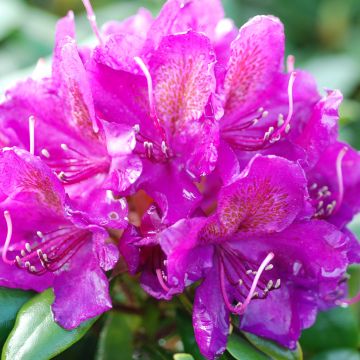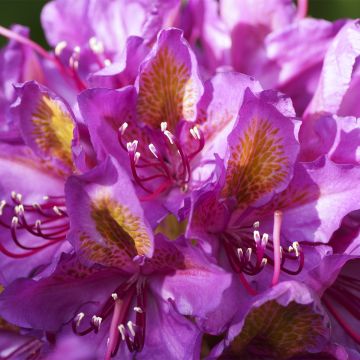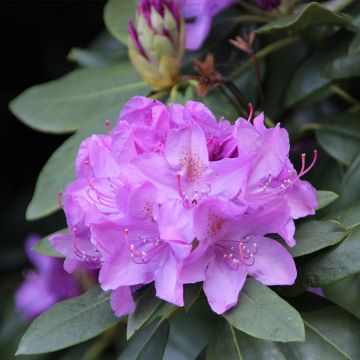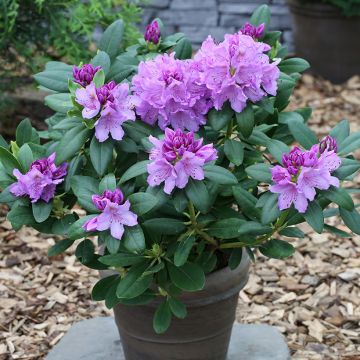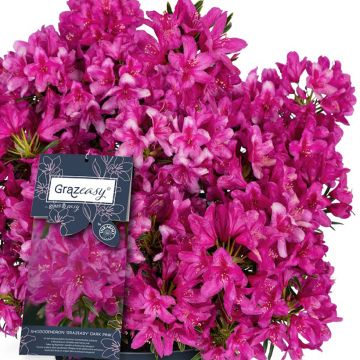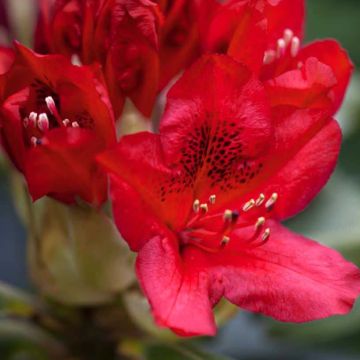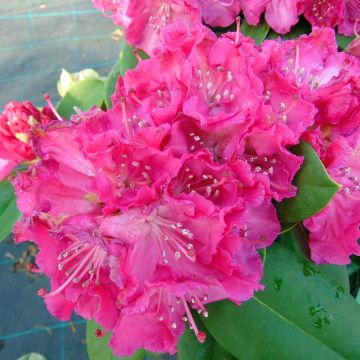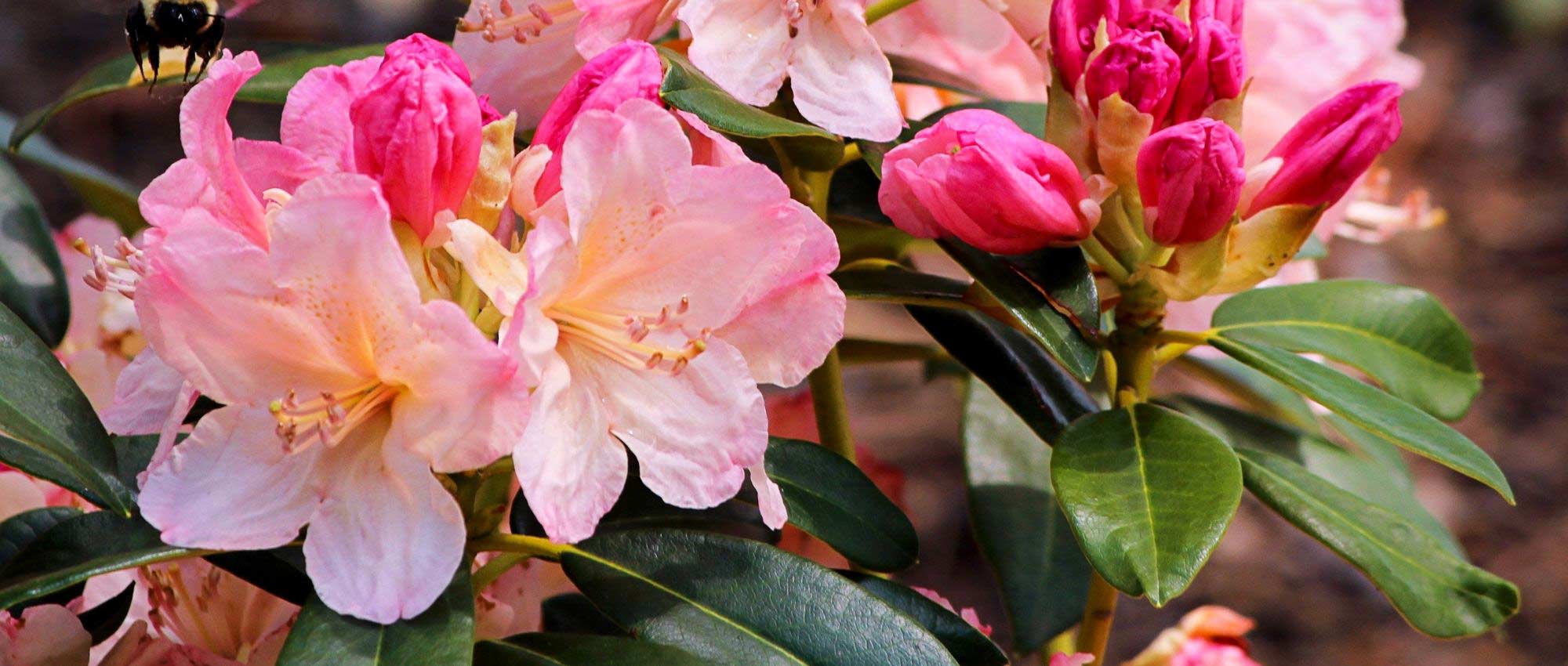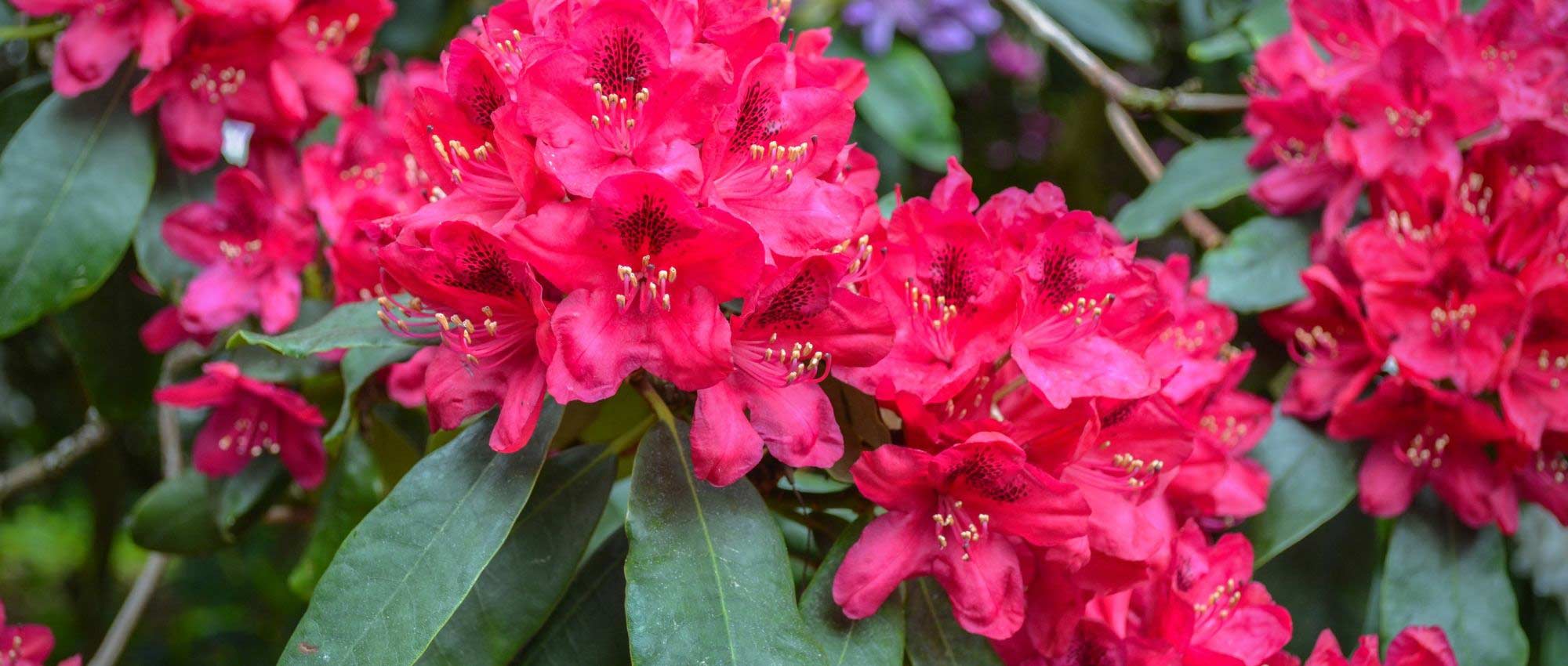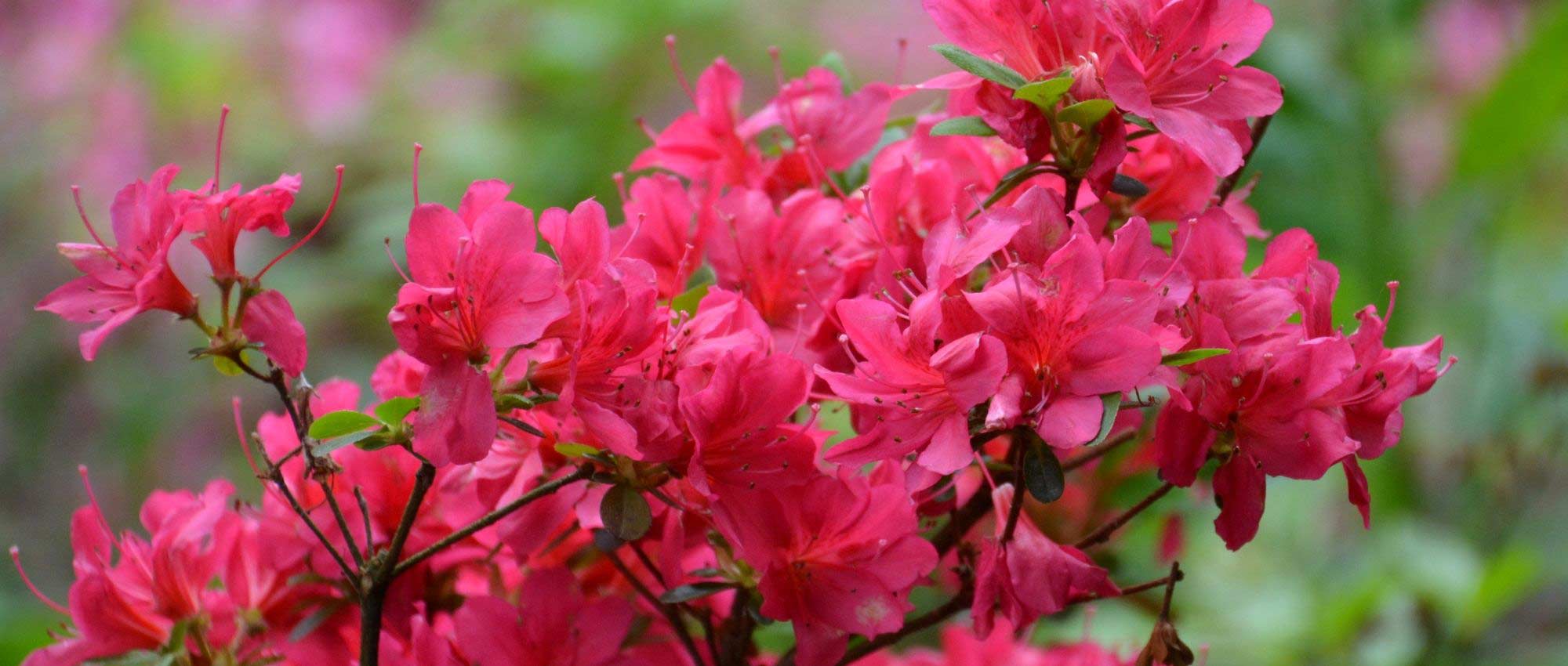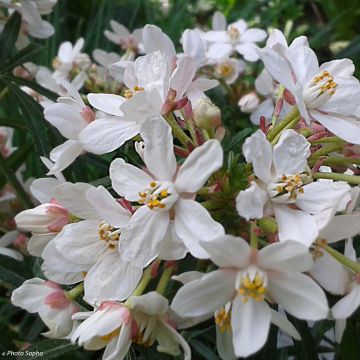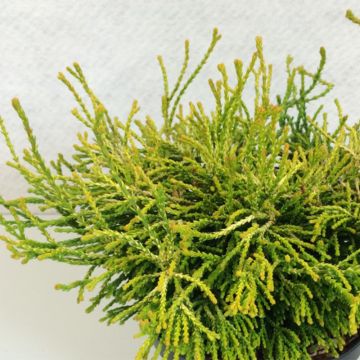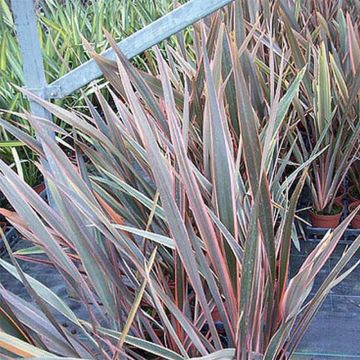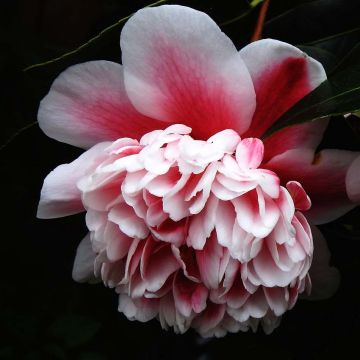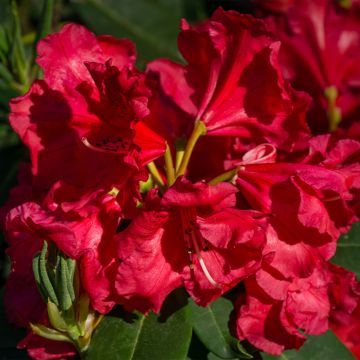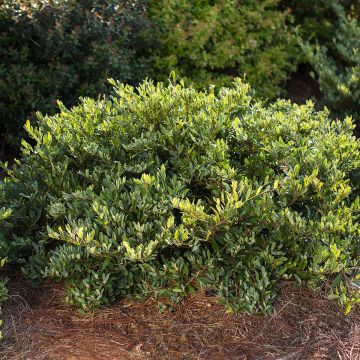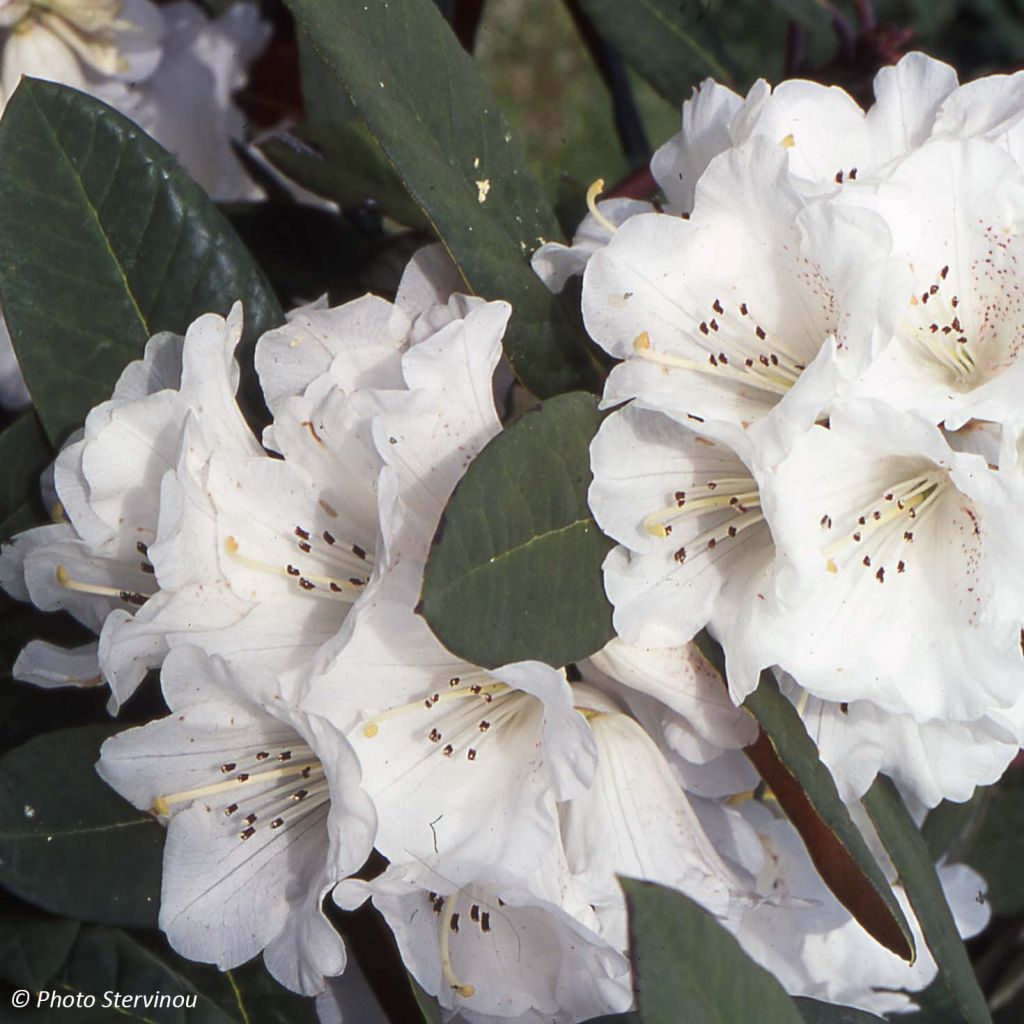

Rhododendron Sir Charles Lemon - Grand rhododendron.
Rhododendron Sir Charles Lemon
Rhododendron arboreum subsp. cinnamomeum x campanulatum Sir Charles Lemon
Rhododendron
Depressing - 5 vine-plants purchased - 4 completely dried out - at the end of their life. What a disappointment.
Jean-Marc, 11/04/2022
Special offer!
Receive a €20 voucher for any order over €90 (excluding delivery costs, credit notes, and plastic-free options)!
1- Add your favorite plants to your cart.
2- Once you have reached €90, confirm your order (you can even choose the delivery date!).
3- As soon as your order is shipped, you will receive an email containing your voucher code, valid for 3 months (90 days).
Your voucher is unique and can only be used once, for any order with a minimum value of €20, excluding delivery costs.
Can be combined with other current offers, non-divisible and non-refundable.
Why not try an alternative variety in stock?
View all →This plant carries a 24 months recovery warranty
More information
We guarantee the quality of our plants for a full growing cycle, and will replace at our expense any plant that fails to recover under normal climatic and planting conditions.

Would this plant suit my garden?
Set up your Plantfit profile →
Description
Rhododendron 'Sir Charles Lemon' is a magnificent natural hybrid discovered before 1851 in the Himalayas. If your climate and soil allow it, this is a spectacular variety to absolutely adopt. This true little tree is remarkable in every way, and particularly attractive even outside of flowering. Its reddish wood bears astonishing, evergreen foliage in a matte khaki colour with a touch of rust. Its beautiful white flowering, less sophisticated than mid-season hybrids, often lasts for a month. While it takes a few years to reach its full potential, the spectacle of its growth makes the wait for flowering worthwhile. Often outliving its planter, this historic variety is one that is cultivated for posterity. As amazing as it is beautiful, this very tall "rhodo" allows for the creation of superb screens or sumptuous evergreen hedges.
Rhododendrons are plants from the heath family, just like heathers, preferring mostly limestone-free, acidic soils and humid climates. The Rhododendron 'Sir Charles Lemon', cultivated since 1851, is a spontaneous hybrid probably resulting from the cross-breeding between a Rhododendron arboreum ssp. cinnamomeum and a R. campanulatum ssp. campanulatum. Originating from seeds brought back by the fabulous plant explorer Sir Joseph Hooker, the original plant, from which all currently marketed plants are descended, germinated in Cornwall, in the garden of a plant enthusiast named Sir Charles Lemon of Carclew. It is characterized by good resistance to sunlight and heat, as well as very significant growth.
'Sir Charles Lemon' has a conical shape, taller than it is wide. Its growth is quite slow, reaching an average height of 6m (20ft) and a width of 3m (10ft) at maturity in good conditions. The young shoots and leaves are green and covered in white fuzz. Over time, the branches turn reddish-brown while the undersides of the leaves become cinnamon-orange. The evergreen leaves are narrow and pointed. Flowering occurs on shrubs about ten years old, reaching a height of 1.2m (4ft) to 1.5m (5ft). It usually takes place in April and lasts for about 4 weeks. The bell-shaped flowers are clustered in spherical bouquets at the ends of the branches. They are white, slightly speckled with violet on the upper lobe. This ericaceous shrub will thrive in semi-shade in a moist, humus-rich, permeable, well-drained soil with an acidic pH. The Rhododendron 'Sir Charles Lemon' is hardy (down to -12/-15°C (10.4/5°F) for short periods), but its early flowering is vulnerable to late frosts.
The Rhododendron 'Sir Charles Lemon' may not be the most cold-resistant, but its almost tree-like habit and magnificent foliage colours make it one of the most spectacular. Its early white flowering is far from the fixed and artificial appearance of more modern hybrids. It can be used as a standalone or in a shrubbery, in the company of other ericaceous plants. It can be combined with narrow and conical conifers for silhouette contrast, magnolias, Andromeda (Pieris), mountain laurels (Kalmia), green or purple-leaved Japanese maples... It can even create a majestic hedge along a grand avenue, alongside other large rhododendrons such as the 'Boddaertianum' or 'Catawbiense Grandiflorum' varieties, for example. You can also pick a few flowering branches for the house: the colours of the stems and foliage, combined with the simplicity of the flowers, create a bouquet as unexpected as it is charming.
Rhododendron Sir Charles Lemon in pictures
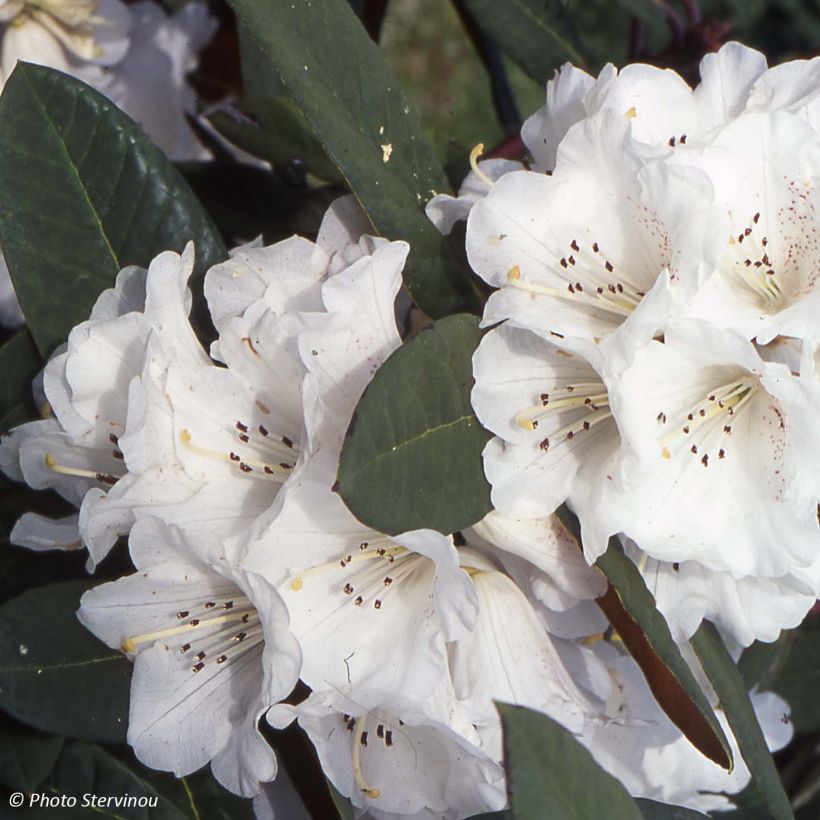

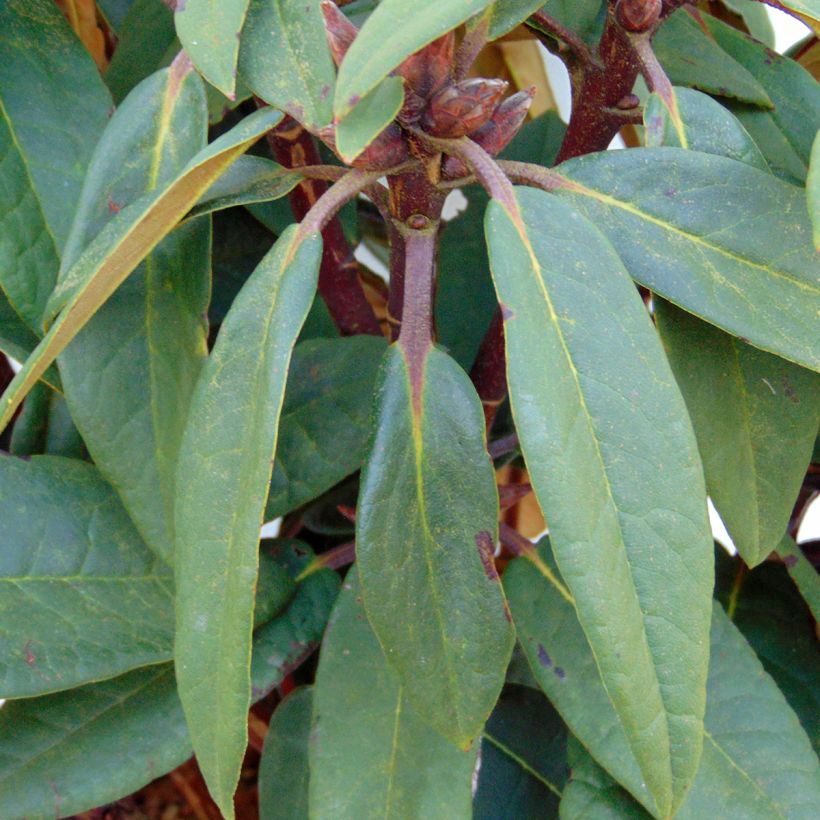

Plant habit
Flowering
Foliage
Botanical data
Rhododendron
arboreum subsp. cinnamomeum x campanulatum
Sir Charles Lemon
Ericaceae
Rhododendron
Cultivar or hybrid
Other Large Rhododendrons
View all →Planting and care
Plant the Rhododendron 'Sir Charles Lemon' in well-drained but moist soil. It suffers during severe frosts below -12/-15°C (10.4/5°F) if they persist. Place it in a sunny but not scorching exposure (no sun between 2 pm and 5 pm) or in partial shade, protected from cold and drying winds to preserve its early flowering. Install it in a moist, humus-rich and light soil, well-drained, with a tendency towards acidity (pH<6). Like all plants of ericaceous soil, it does not tolerate limestone or alkaline soils, nor heavy soils saturated with water in winter. Dig a hole three times larger than the pot. Soak the root ball in water (non-limestone) and plant the bush at the collar level, in a mixture composed of leaf compost, gravel or pumice and loam. Water thoroughly and keep the soil moist in summer.
Azaleas and Rhododendrons have a shallow root system. Therefore, they dislike long periods of drought. That is why humus-rich soil and abundant watering during dry periods are recommended. In addition, this root system is not very strong, which is why it is essential to lighten heavy soils with draining materials (gravel, pumice, clay pellets) at planting. Apply a mulch of shredded pine bark at the base of the bush every spring to keep the soil cool while maintaining an acidic pH.
Maintenance involves cutting off faded flowers in summer and removing dead branches. Azaleas and Rhododendrons can sometimes be attacked by weevils that eat the edges of leaves and rootlets, as well as the famous "rhododendron beetle" which does not often cause severe damage. Yellowing of the leaves (chlorosis) in Rhododendrons indicates poor assimilation of iron from the soil and can cause premature death of the plant. While limestone is often the cause, poorly drained soil or a deeply planted root ball can also explain the phenomenon.
The most commonly observed fungal diseases in rhododendrons are phytophthora in warm and damp soil, armillaria and mildew.
Planting period
Intended location
Care
Planting & care advice
-
, onOrder confirmed
Reply from on Promesse de fleurs
Similar products
Haven't found what you were looking for?
Hardiness is the lowest winter temperature a plant can endure without suffering serious damage or even dying. However, hardiness is affected by location (a sheltered area, such as a patio), protection (winter cover) and soil type (hardiness is improved by well-drained soil).

Photo Sharing Terms & Conditions
In order to encourage gardeners to interact and share their experiences, Promesse de fleurs offers various media enabling content to be uploaded onto its Site - in particular via the ‘Photo sharing’ module.
The User agrees to refrain from:
- Posting any content that is illegal, prejudicial, insulting, racist, inciteful to hatred, revisionist, contrary to public decency, that infringes on privacy or on the privacy rights of third parties, in particular the publicity rights of persons and goods, intellectual property rights, or the right to privacy.
- Submitting content on behalf of a third party;
- Impersonate the identity of a third party and/or publish any personal information about a third party;
In general, the User undertakes to refrain from any unethical behaviour.
All Content (in particular text, comments, files, images, photos, videos, creative works, etc.), which may be subject to property or intellectual property rights, image or other private rights, shall remain the property of the User, subject to the limited rights granted by the terms of the licence granted by Promesse de fleurs as stated below. Users are at liberty to publish or not to publish such Content on the Site, notably via the ‘Photo Sharing’ facility, and accept that this Content shall be made public and freely accessible, notably on the Internet.
Users further acknowledge, undertake to have ,and guarantee that they hold all necessary rights and permissions to publish such material on the Site, in particular with regard to the legislation in force pertaining to any privacy, property, intellectual property, image, or contractual rights, or rights of any other nature. By publishing such Content on the Site, Users acknowledge accepting full liability as publishers of the Content within the meaning of the law, and grant Promesse de fleurs, free of charge, an inclusive, worldwide licence for the said Content for the entire duration of its publication, including all reproduction, representation, up/downloading, displaying, performing, transmission, and storage rights.
Users also grant permission for their name to be linked to the Content and accept that this link may not always be made available.
By engaging in posting material, Users consent to their Content becoming automatically accessible on the Internet, in particular on other sites and/or blogs and/or web pages of the Promesse de fleurs site, including in particular social pages and the Promesse de fleurs catalogue.
Users may secure the removal of entrusted content free of charge by issuing a simple request via our contact form.
The flowering period indicated on our website applies to countries and regions located in USDA zone 8 (France, the United Kingdom, Ireland, the Netherlands, etc.)
It will vary according to where you live:
- In zones 9 to 10 (Italy, Spain, Greece, etc.), flowering will occur about 2 to 4 weeks earlier.
- In zones 6 to 7 (Germany, Poland, Slovenia, and lower mountainous regions), flowering will be delayed by 2 to 3 weeks.
- In zone 5 (Central Europe, Scandinavia), blooming will be delayed by 3 to 5 weeks.
In temperate climates, pruning of spring-flowering shrubs (forsythia, spireas, etc.) should be done just after flowering.
Pruning of summer-flowering shrubs (Indian Lilac, Perovskia, etc.) can be done in winter or spring.
In cold regions as well as with frost-sensitive plants, avoid pruning too early when severe frosts may still occur.
The planting period indicated on our website applies to countries and regions located in USDA zone 8 (France, United Kingdom, Ireland, Netherlands).
It will vary according to where you live:
- In Mediterranean zones (Marseille, Madrid, Milan, etc.), autumn and winter are the best planting periods.
- In continental zones (Strasbourg, Munich, Vienna, etc.), delay planting by 2 to 3 weeks in spring and bring it forward by 2 to 4 weeks in autumn.
- In mountainous regions (the Alps, Pyrenees, Carpathians, etc.), it is best to plant in late spring (May-June) or late summer (August-September).
The harvesting period indicated on our website applies to countries and regions in USDA zone 8 (France, England, Ireland, the Netherlands).
In colder areas (Scandinavia, Poland, Austria...) fruit and vegetable harvests are likely to be delayed by 3-4 weeks.
In warmer areas (Italy, Spain, Greece, etc.), harvesting will probably take place earlier, depending on weather conditions.
The sowing periods indicated on our website apply to countries and regions within USDA Zone 8 (France, UK, Ireland, Netherlands).
In colder areas (Scandinavia, Poland, Austria...), delay any outdoor sowing by 3-4 weeks, or sow under glass.
In warmer climes (Italy, Spain, Greece, etc.), bring outdoor sowing forward by a few weeks.






























